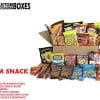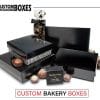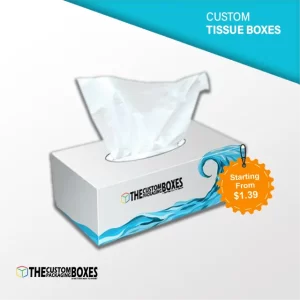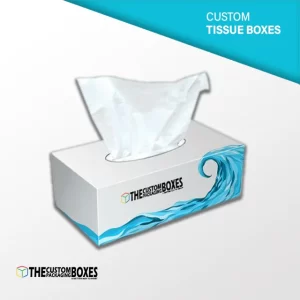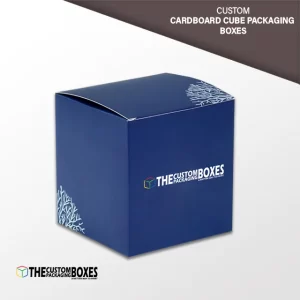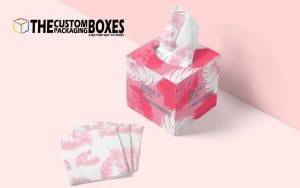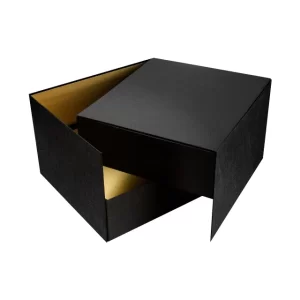No products in the cart.
Return To ShopWhat are The Best Custom Printed Lunch Boxes For Construction Workers
Want to make your lunch more interesting? Then you need to bring change in custom lunch boxes. You agree that people go for outer appearance. This means first they judge with their eyes then decide to eat. Whether they are children or adults, all show the same type of attitudes. This has made it difficult to make them eat lunches. There is one single solution for this which is custom-printed lunch boxes. These custom printed boxes are the real source to create attraction, especially for kids or children.
As you do a lot of effort on making lunch attractive but don’t focus on the lunch packaging boxes. A little focus on custom food boxes will turn the tables in your favor. Therefore, we are offering you various kinds of wholesale lunch boxes for different types of age groups. All the types have a number of capabilities to fulfill different types of requirements.
Variety 0f Lunch Boxes
Hey! Do you want to know more about different types of wholesale lunch boxes then read the full blog and get benefits?
As there are a wide range of lunch packaging boxes, which have so many interesting features it will be impossible for you to ignore these custom printed boxes for the personal and professional level. Let’s find out some innovative types that will attract your attention.
Party Lunch Packaging Boxes
The first category of lunch packaging boxes is very interesting. They are simple but highly effective to be used on several occasions. These are party lunch boxes. As their name suggests, these wholesale lunch boxes are exceptional for their usage in the parties. Especially the events that are organized for the kids and children. For these custom-printed lunch boxes, different designs are also available in relevance to the theme of the party.
Whether you ask for boxes for a birthday party Christmas or any other event, the stock with all its designs is ready to serve you. In addition to this, these boxes help clean the after party mess. Most importantly, there will be no fear of getting your utensils damaged. Further, these custom-printed boxes will also add to the decoration of your party.
Stackable Handled Lunch Boxes
There is another interesting type of wholesale lunch boxes. These lunch boxes are disposable in nature which is possible because of the manufacturing material. There are several resources to produce these lunch packaging boxes. For instance, cardboard, paperboard, corrugated cardboard and kraft paper. These kraft lunch boxes are perfect for storage and stacking of the catering lunches. In addition to this, they have handles on its top. These handles are easily bent for convenient stacking of these custom food boxes. Furthermore, these handles are also built as a security lock for the boxes. They also provide help in carrying these boxes easily. Moreover, their recyclability feature makes them even more versatile option to choose.
Wholesale Lunch Boxes
There is a wide range of food or snacks that people like to have in their lunchtime. For instance, sandwiches, salads, they also include coffee, tea or soups. For all these types of eatable and much more, there are a wide range of lunch packaging boxes. For salads, dry or solid form of food there are some lunch boxes. But for liquids, you need something special which hold it sufficiently without the leakage.
A lot of well-known companies and food chains choose these custom food boxes as liquid edible containers. The best feature of these boxes is that they are leak proof that enhances their reliability for customers. Sheets of corrugated cardboard are used in the production of wholesale lunch boxes to give them robustness.
Custom Printed Lunch Boxes
Looking for something that makes your lunch snacks more interesting for the customers? If yes, then what you need are custom printed lunch boxes. The Custom Packaging Boxes offers you its services with their wholesale lunch boxes. To make these boxes more interesting company have a lot of printing techniques. Moreover, the company also welcome ideas from the customers. Custom printed boxes with various designs attract the kids specifically.
Moreover, assistance is also available for customers to solve their confusions. As printing should be according to the target audience. Additionally, with these printing techniques, these boxes can easily utilize as bakery boxes. You can choose printing techniques suitable for your budget on which quality is never compromised. Further, the finishing is improving with the application of lamination. This gives a smooth and shiny surface the boxes and completes their outlook.
Lunch Packaging Boxes with Compartments
As we have already discussed a variety of custom printed lunch boxes still there is one type which is very effective. This is an interesting type of lunch packaging boxes, especially for domestic use. Their manufacturing involves BPA materials which make these wholesale lunch boxes more appealing. The most alluring thing about them in the number of compartments to place the things separately.
Now without any fear, you can pack sandwiches, salad, fruit chunks, and even sauces together. The best part is that these custom food boxes have their individuals lids under the main lid. These individual lids are really effective in maintaining the dignity of the food pack in them. Therefore, for your kids, hubby and even for yourself buy these lunch boxes and feel content.
Personalised Custom Printed Boxes
There is one really important benefits that we can achieve from these wholesale lunch boxes. This advantage is of making an official advertisement of your products through these custom food boxes. Pack your content in these custom printed lunch boxes and they will automatically become your advertisement partners. For this purpose print your kraft lunch boxes with name, logo, address, etc. In addition to this, you can also add the details of the food content pack inside.
The more they are using the more they advertise your products. Moreover, the same type of personalization is possible on bakery boxes which will promote your mouth watering bakery products. For more information about printing and design, you can also take help from Amazon prints. We assure you our printing techniques will match their quality.






